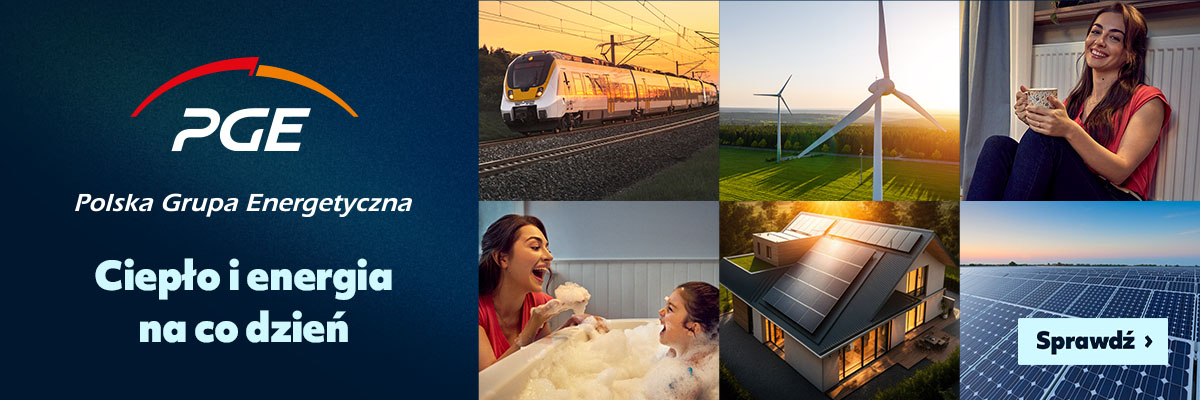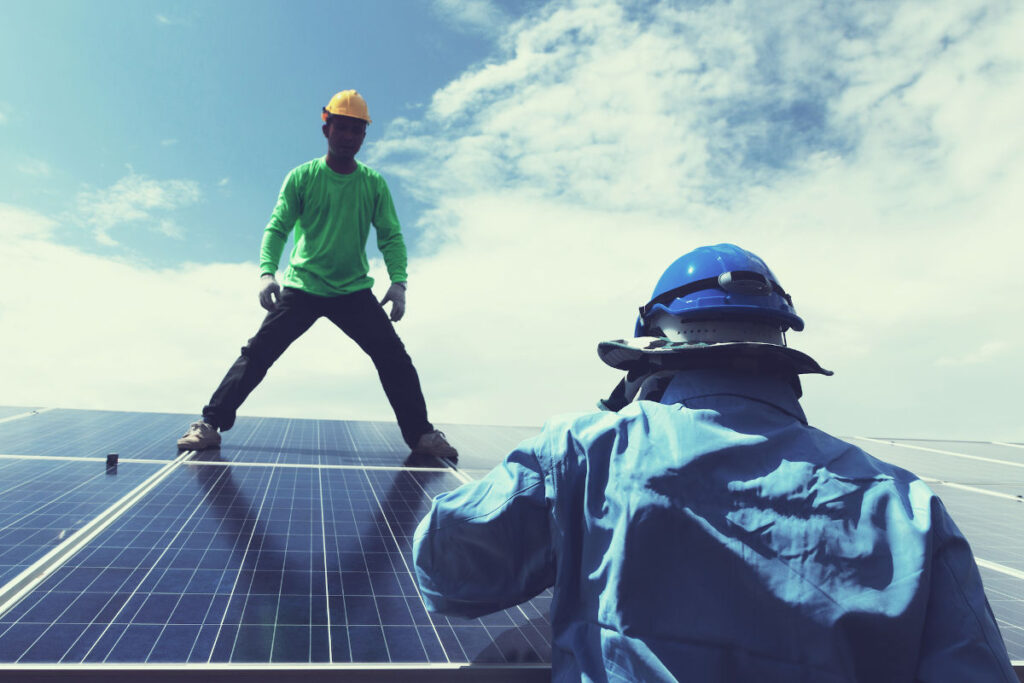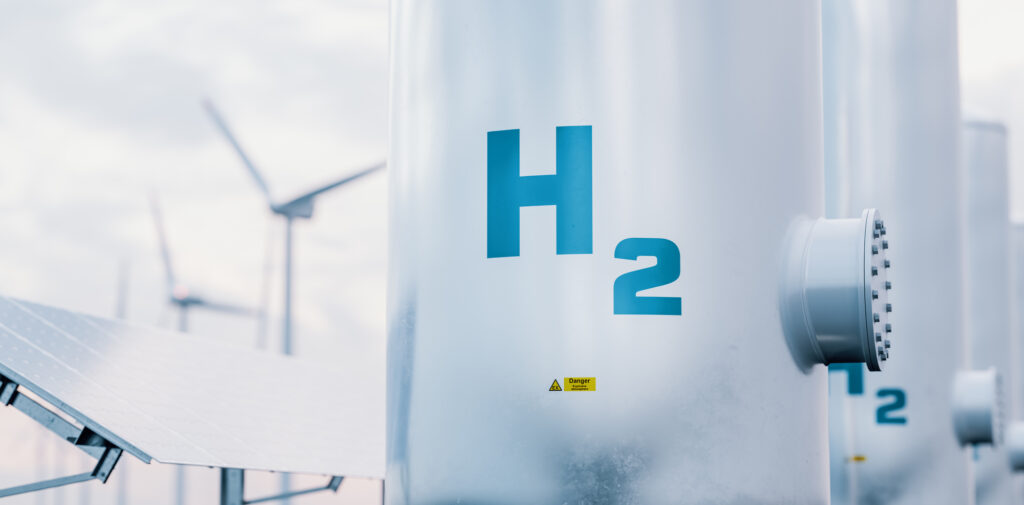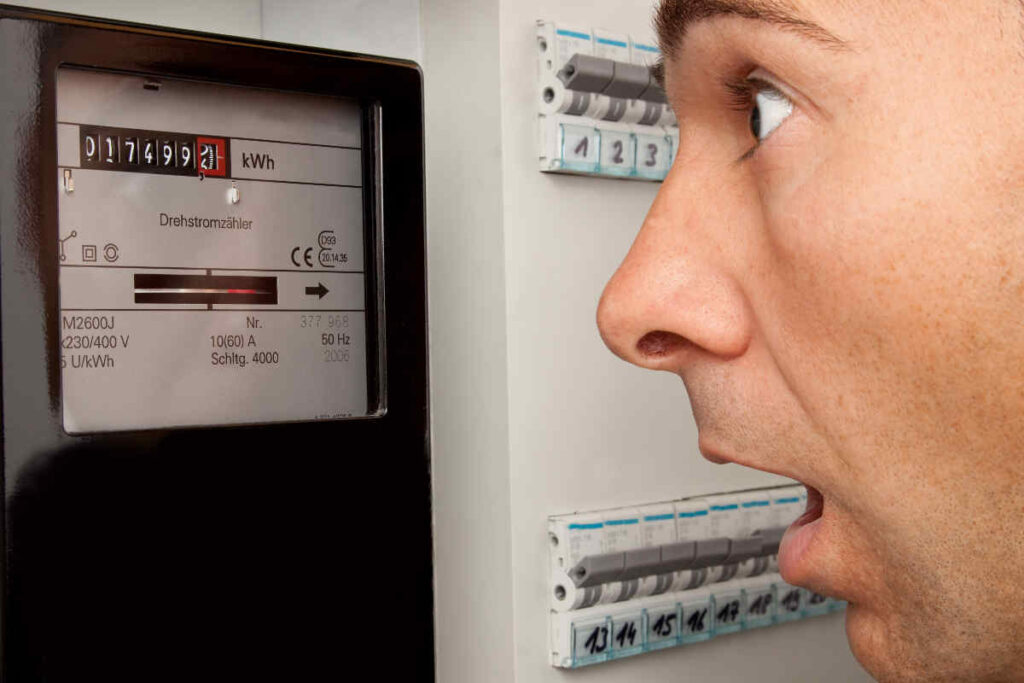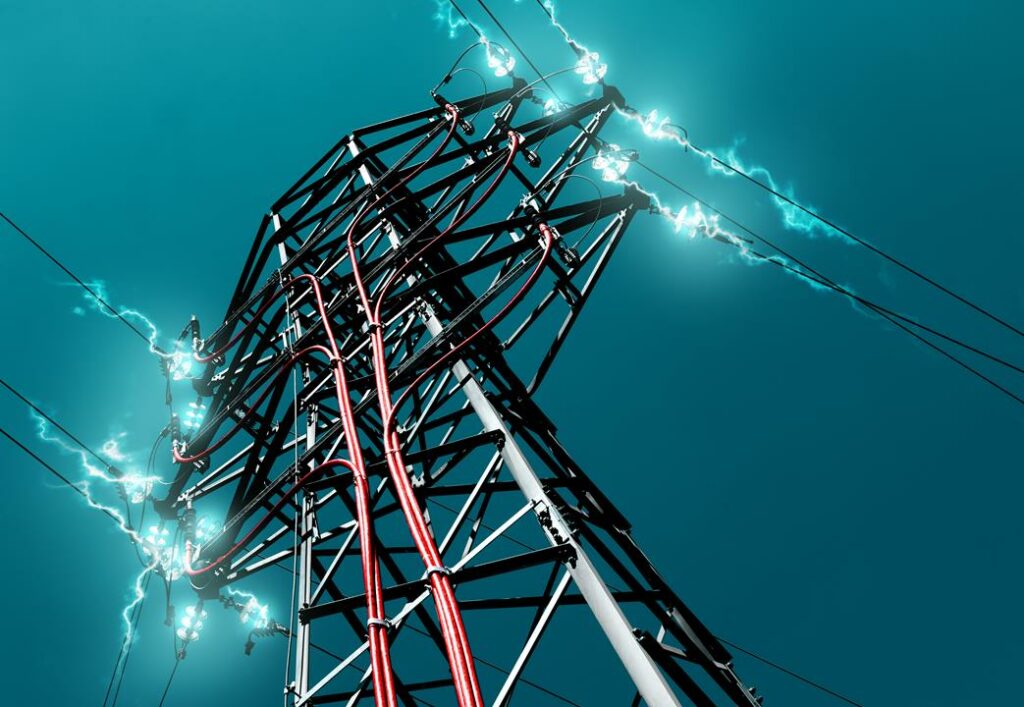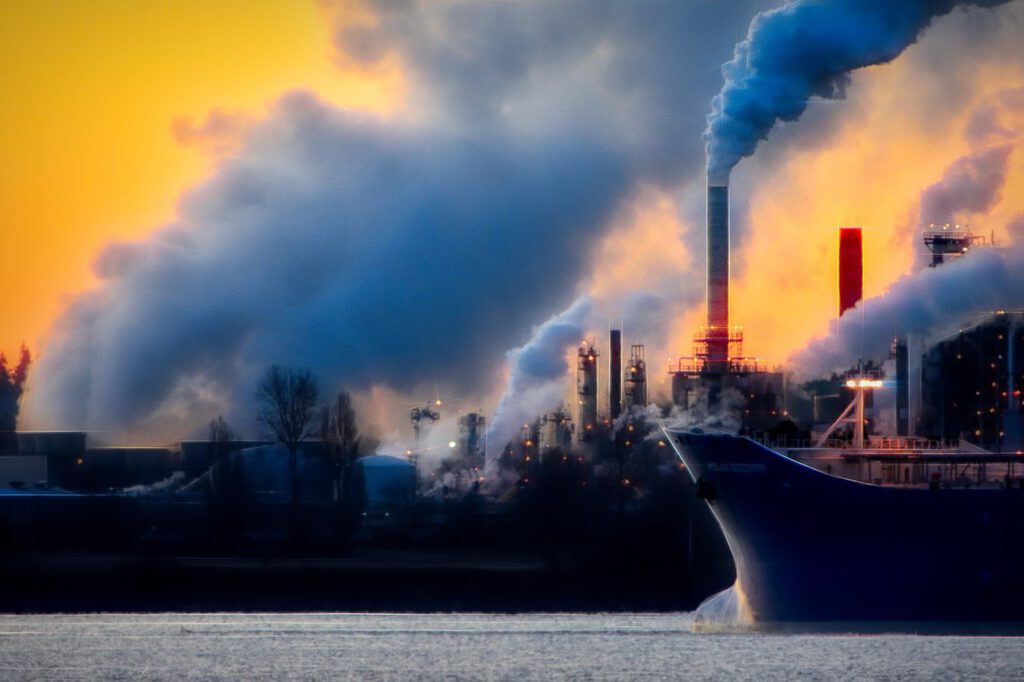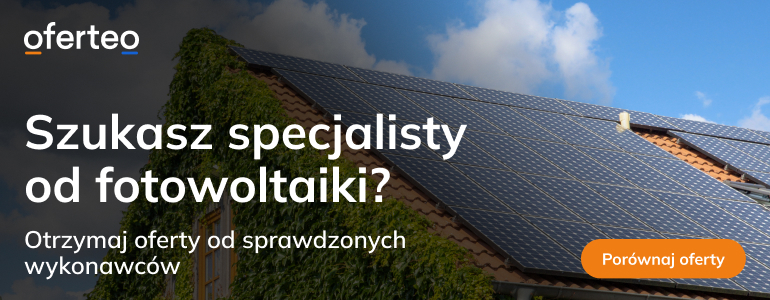Spis treści
Companies are desperately looking for possibilities to reduce their energy bills. Investments in energy efficiency rising and own energy sources in many cases become necessary in order to maintain market competitiveness. Until recently, high EU subsidies were available in the areas to renewable energy sources and they were used by part of entrepreneurs. Such subsidies are no longer available, and photovoltaic panels and wind turbines have become more expensive.
Despite this, RES market for the companies faces more and more advantageous outlooks.
Micro-installations enough for the beginning
Photovoltaic panels on the roofs of furniture manufacturing plants, centers of logistics, food companies or supermarkets become more and more common. Popular trading networks invest in photovoltaic: Dino, Społem, Lidl, Topaz. Agricultural entrepreneurs, for example manufacturers of champignons or crops under grass are willing to use solar energy.
Photovoltaic systems for business become more and more popular. In case of small industrial or manufacturing plants, as well as bakeries, fuel stations, hotel, restaurants, own solar power plant may be even more cost-effective then for individual customers, with its payback period of ca. five years. This is due to higher electric energy prices for business than for individual customers. Moreover, the companies are much more burdened with a power fee – Kamil Sankowski, a member of the Board for sale of Edison Energia says. Approximately one fourth of the company’s sale is directed to enterprises. The company estimates that in April it will reach even half of the sale.
Five years ago PKN Orlen started investing in photovoltaic on fuel stations. In the scope of this pilot project photovoltaic panels with a capacity of ca 180kW were installed on a dozen of fuel stations. Since then the group has been extending its RES investments which accelerated the takeover of Energia. This year the Group has informed about its plans to equip 30 fuel stations with photovoltaic. Photovoltaic can supply fuel terminals in: Ostrów Wielkopolski, Żurawica, Sokółka, manufacturing facilities in Płock, Trzebinia and Anwil in Wrocław -in total ca. 19 MW. Two photovoltaic systems with a total capacity of nearly 100kW will be installed on business buildings of Orlen Aviation, on terminal in Sokółka – with capacity of 1.25 MW , on the premises of CCGT Włoctawek -2
MW. In October in Włocławek the construction site was handed over to the contractor. At present, they are conducting works connected with grounding and lighting protection systems and delivery of main components. After the solar power plant has been built, electric energy will be used for own needs of PTA facility – PKN Orlen informs.
Changes in the system of prosumers’ support will, however, impact small and medium enterprises which pay high energy fees, but at the same time do not consume high volumes and their consumption profile suggests that a discount mechanism would be the most advantageous for them. Meanwhile, the basic dominant on B2B market, refers to enterprises having high connection capacities for which prosumer installation is just the first stage. In next stages the company develops its RES investments and resigns from prosumer’s system. Thus, we do not foresee any collapse of the photovoltaic market – Mariusz Kostrzewa, the President of Zeneris Projekty explains.
Industry is under power transformation
Some companies invest in construction of photovoltaic farms with a capacity of several dozen or even more MW. This year such plans have been announced by, among others, Lafarge and Arctic Paper. The area of previous cement plant in Wierzbica was leased by Lafarge to a big developer – Qair Polska which is constructing solar power plant there, with total capacity of 30 MW. Lafarge will receive whole solar energy generated on the farm which will meet ca. 10 percent of power demand of the cement company.
Arctic Paper Group in Kostrzyń has the installation with a capacity of 0.8 MW and it prepares solar farm with a capacity of 1T MW. The farm will be connected to distribution network of Arctic Paper Kostrzyń which holds license for electric energy distribution. Planned CAPEX level of “Energy” segment until 2030 amounts to 450 million PLN It is estimated that in 2030 the “Energy” segment will cover ca. 7 percent of the Group’s revenues.
They invest in photovoltaic and dream about wind farms
As the President of Zeneris Projekty admits, photovoltaic is not a technology which could sufficiently meet the needs of all customers. Some of them are far more satisfied with hybrid solutions, e.g. photovoltaics with a vertical windmill. The problem is an outstanding increase of technology prices in recent times – e.g. current price of investment in a turbine 10 kW in turnkey option is by 20-25 percent higher than the rates quoted in spring this year.
Entrepreneurs, contrary to prosumers in single family houses, in immediately consume the generated energy. – We perform the majority of our projects in such a manner that on working days our customers can consume whole photovoltaic energy in real time – Mariusz Kostrzewa says. Energy storages can operate as supplement, he adds. An average John Smith is rather not eager to invest in them, but to companies they may get really profitable. – We have customers to which it will be cost-effective to charge the storages at night at lower tariff and to use photovoltaic energy surpluses during the day – Kostrzewa adds.
Increased costs of electric energy generation, caused by growing prices of CO2 emission allowances (EUA), have an impact on difficult situation in energy-intensive sectors. Industry does not use low prices of RS energy. Long-term Corporate Power Purchase Agreements are concluded extremely rarely.
Forum of End Users of Electricity and Gas points out that the industry would benefit from cPPA for electric energy delivered via direct line, produced in RES, connected to the facility’s electric energy networks via direct line. This energy costs would be lowered by exemption from fees: RES and CHP, variable, quality and capacity network fees. At the moment, however, such investments are made unfeasible by 10H principle and also by conditions for direct line usage. The very process of investment in wind power plants is also a long-term one and requires plenty of permits.
Where to get subsidies to RE investment from?
Until recently entrepreneurs were supported in their investments by EU subsidies. Such subsidy was used, for example, a logistics center Clip Group which, thanks to EU subsidies, constructed an installation with a capacity of 8 MW in Swarzędz. Such investments were supported by the selected regional operating programs.
Now, we all ask whether there will be any subsidies for companies in the scope of RES investments. – The real effect of abandoning RES investments will be increase in prices caused by growing energy prices or production limitations forced by necessary reduction of own costs – Mariusz Kostrzewa says
Two tranches of subsidy from Modernization Fund approved so far do not include any programs dedicated to RES development in companies. Energy Transition Fund is being planned with a budget of even 85 billion PLN. Its future shape, however, is still unknown.
FENIKS program which is to replace POIŚ is still not known. Although, in the scope of National Reconstruction Plan, there is 300 million EUR in form of loans intended for investments in power efficiency in enterprises, KPO was withheld by
Brussels and entrepreneurs can not be sure if and when such subsidies will be launched. Big companies can wait for a new enrollment of applications in the program Energia Plus of the National Fund for Environmental Protection which grants loans for ecological investments, including RES.
